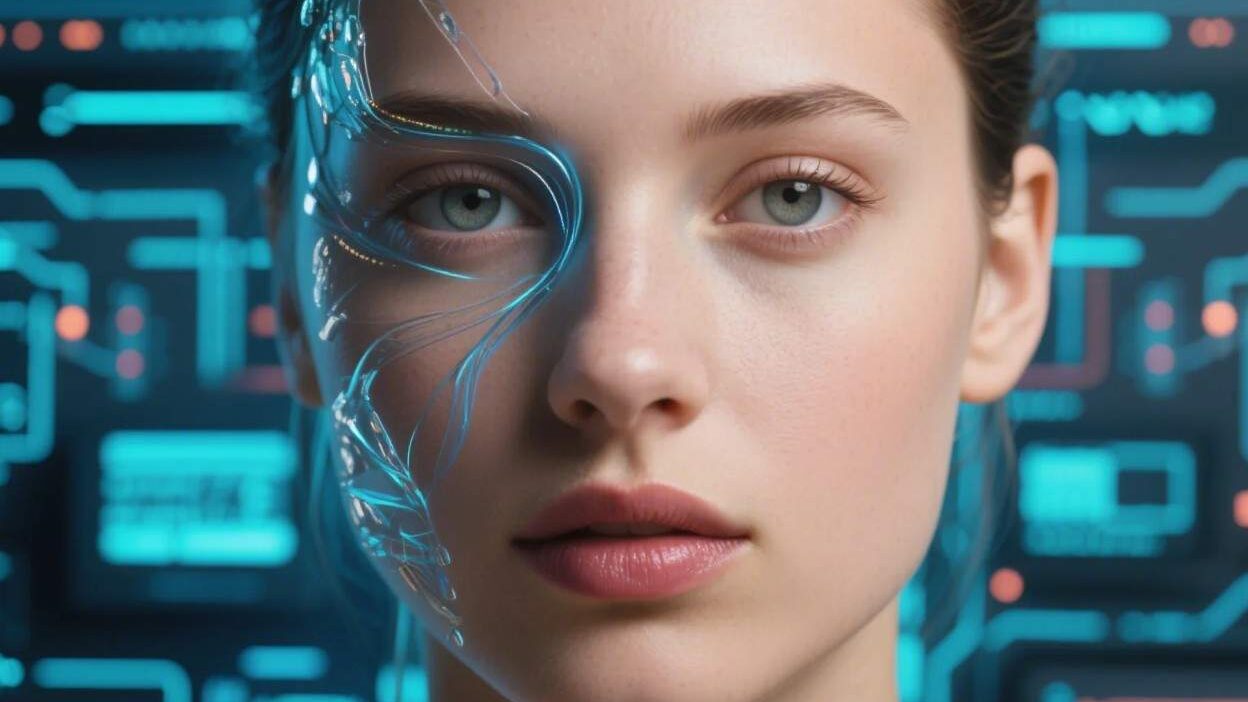The perception of beauty has long been considered a uniquely human trait, shaped by cultural, psychological, and biological factors. However, advances in artificial intelligence (AI) and machine learning (ML) have introduced a new perspective: the “AI gaze.” Neural aesthetics explores how AI models interpret beauty, symmetry, and artistic value in ways that often diverge from human preferences. Unlike humans, AI may prioritize patterns, textures, or imperfections that traditional aesthetics dismiss, challenging long-held biases in art criticism, design, and even cosmetic enhancement. This report examines the mechanisms behind AI-driven aesthetic perception, contrasts it with human judgment, and discusses its potential applications in creative industries.
Beauty has historically been a subjective concept, influenced by evolutionary psychology, societal norms, and individual experience. However, AI models trained on vast datasets of visual art, facial features, and design principles develop their own “aesthetic sense,” often revealing unexpected preferences. Neural aesthetics—the study of how artificial neural networks evaluate beauty—raises critical questions:
- How do AI models assess beauty differently from humans?
- Can AI’s “unbiased” perception redefine artistic value?
- What are the implications for industries reliant on aesthetic judgment?
This report investigates these questions, analyzing empirical studies, algorithmic behavior, and emerging applications of AI in aesthetic domains.
Human vs. AI Aesthetic Perception
Human Biases in Beauty Perception
Human aesthetic preferences are shaped by:
- Symmetry & Proportion: Evolutionary psychology suggests humans favor symmetrical faces and balanced compositions (e.g., the Golden Ratio).
- Cultural Conditioning: Artistic movements (e.g., Renaissance realism vs. abstract expressionism) reflect shifting ideals.
- Emotional Resonance: Humans often prefer art that evokes personal or collective meaning.
How AI “Sees” Beauty
AI models, particularly convolutional neural networks (CNNs) and generative adversarial networks (GANs), analyze beauty through:
- Statistical Patterns: AI detects recurring features in datasets (e.g., frequent color palettes in “beautiful” images).
- Non-Human Priorities: Some AI systems favor textures, irregularities, or abstract geometries over traditional symmetry.
- Objective Metrics: AI may evaluate composition based on algorithmic scoring (e.g., clarity, contrast, novelty) rather than emotional impact.
Studies show that AI can generate art deemed “beautiful” by human standards but also produce works that challenge conventional taste, such as favoring “glitches” or asymmetrical designs (Elgammal et al., 2017).
Case Studies in Neural Aesthetics
AI in Art Criticism
- The Next Rembrandt (2016): An AI analyzed Rembrandt’s works to generate a new painting, mimicking his style but introducing subtle deviations unnoticed by humans.
- GAN-Generated Art: Auctioned AI art (e.g., “Portrait of Edmond de Belamy”) demonstrates how machine aesthetics can gain commercial and critical recognition.
AI in Design & Fashion
- Algorithmic Fashion Trends: AI predicts emerging styles by identifying overlooked patterns in historical data.
- Generative Design: Tools like Autodesk’s Dreamcatcher produce structures optimized for function and aesthetics beyond human intuition.
AI in Plastic Surgery
- Facial Analysis Algorithms: Some AI systems suggest enhancements based on global data trends rather than localized beauty standards.
- Ethical Concerns: Over-reliance on AI could homogenize beauty ideals or introduce new biases based on training data.
Implications & Future Directions
The rise of neural aesthetics presents opportunities and challenges:
- Democratizing Art Criticism: AI could provide unbiased evaluations, free from human elitism.
- Redefining Creativity: Collaborations between artists and AI may yield new artistic movements.
- Ethical Considerations: Ensuring AI does not reinforce harmful biases or devalue human subjectivity.
Future research should explore hybrid human-AI aesthetic systems, where machine insights complement rather than replace human judgment.
Neural aesthetics reveals that AI does not merely replicate human beauty standards but constructs its own, often favoring unconventional patterns. This divergence offers a unique lens to critique and expand traditional aesthetics, with transformative potential across art, design, and medicine. As AI’s role in creative industries grows, interdisciplinary collaboration will be essential to harness its insights while preserving the richness of human perception.



